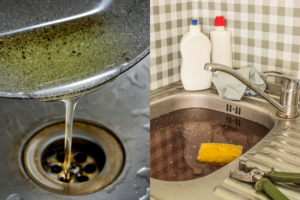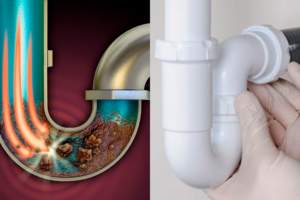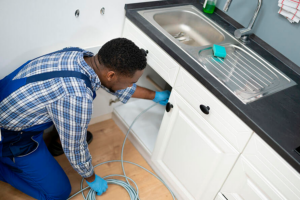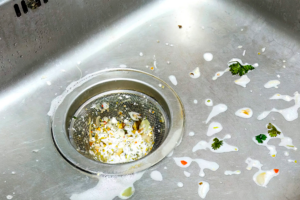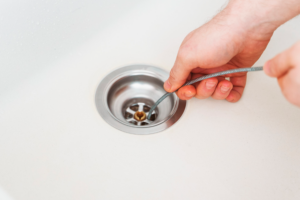When it works correctly, we do not assume what a house’s water drainage system is constructed from. So you require to be able to determine as well as find parts very rapidly when it’s not functioning. Now is the moment to find out about your water drainage system, not when a drain pipeline has actually failed as well as splashes filthy water throughout your restroom flooring.
We normally see them just as “the drainpipe pipelines”, to be practically proper, the system is called the DWV system. The phrase represents Drain-Waste-Vent and shows that this network of pipelines is made to drain pipes sewer and also acts as a ventilation system that allows fresh air to enter the water drainage system.
These are the parts you should understand about your braking system:.
Device drains pipes.
The noticeable top section of a tub, shower or sink drainpipe is what every person knows. While this is one of the most noticeable element, it is fairly rare for drain problems to originate right here. Except where gaskets or washing machines can create tub or sink leaks, the most common problems (drain obstructions) usually take place downstream of the fixture drainpipe openings.
P-Traps.
Instantly below a sink, bath tub, or various other pipes fixture, the component’s drain opening results in a bent section of pipe called a P-trap, which is usually a 1 1/4 to 2-inch size pipeline sector with a sharp point curved in it, shaped like the letter “P.”.
The function of this water drainage trap is to maintain standing water, which seals the drain system and protects against sewer gases from increasing from the sewer system into your house.
Commode trap.
Although not promptly apparent, each commode has a built-in rounded drainpipe trap of its very own, which you can see by considering the commode dish device from the side. This integrated trap has the very same feature as a sink drain trap: capturing water as well as protecting against sewer gases from getting to your house.
Assistance tube for garments washer.
The washer’s drain tube clears right into a subjected standpipe that brings about a bent drainpipe trap, causing a by-pass drain and afterwards the main drain. It can hide a lot of these components behind the finished walls, however the standpipe is usually revealed.
Branch drain lines.
The branched drain lines run flat, albeit with a slight downward slope, called an incline, to attach each fixture’s drainpipe traps to the planet heaps, causing the main drainpipe lines. Branched drainpipe lines are frequently totally concealed by the finished wall surface, ceiling, and also floor surface areas.
Main drain line.
All wastewater from your home is brought into the metropolitan sewer line by the major drainpipe pipe that generally runs flat, yet with a minor slope downward, under the lowest floor of your residence to the primary municipal sewer or right into the septic area.
The mainline is rarely noticeable as it generally runs under the house’s basement or the foundation. You will probably see this drain line just during significant repair services or enhancements to the system.
Main community sewage system.
The endpoint of your residence’s water drainage system is the metropolitan drain. Your home’s main drainpipe line runs perpendicular to the main sewage system, tilted descending to promote waste flow. You have no control over the municipal line as it is had by a city, area, or wastewater district.

